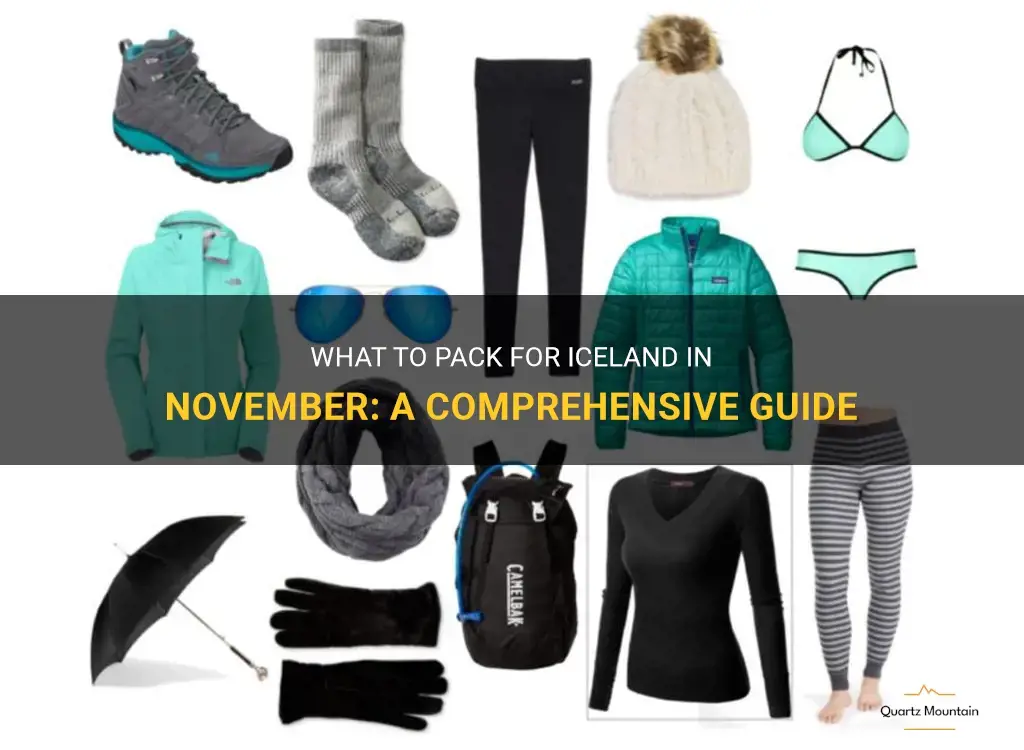
Are you planning a trip to Iceland in November? Then you're in for a treat! November is an enchanting time to visit this magical country, with its surreal landscapes and stunning Northern Lights displays. But before you head off on your adventure, you'll need to pack appropriately for Iceland's unique weather conditions. In this comprehensive guide, we'll walk you through everything you need to know about what to pack for Iceland in November, ensuring you stay warm, comfortable, and prepared for whatever this fascinating destination throws your way. So grab your suitcase and get ready to experience the wonders of Iceland in November!
| Characteristic | Value |
|---|---|
| Weather | Cold |
| Temperature | Around 0°C |
| Daylight | Short |
| Clothing | Warm |
| Rainfall | Moderate |
| Snowfall | Common |
| Wind | Strong |
| Activities | Northern Lights, Glacier Hiking, Hot Springs |
| Packing |
What You'll Learn
- What are the essential clothing items to pack for a trip to Iceland in November?
- Are there any specific gear or equipment recommendations for activities like hiking or skiing in Iceland in November?
- Are there any specific toiletries or personal care items that are recommended for the unique conditions in Iceland in November?
- Are there any recommended electronic or technical gadgets to pack for staying connected or capturing the beauty of Iceland in November?
- Are there any specific documents or paperwork that are necessary to have when traveling to Iceland in November?

What are the essential clothing items to pack for a trip to Iceland in November?
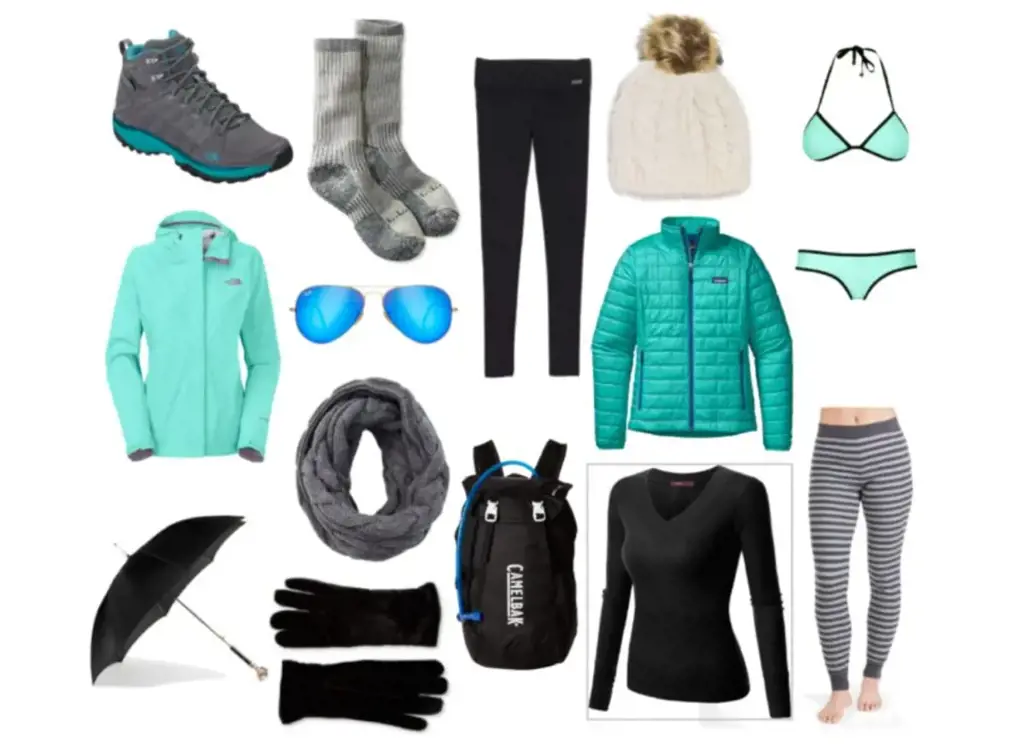
If you're planning a trip to Iceland in November, it's important to pack the right clothing to ensure your comfort in the cold and unpredictable weather. Iceland's weather in November can vary greatly, with temperatures ranging from -5 to 8 degrees Celsius (23 to 46 degrees Fahrenheit). Here are some essential clothing items to pack for your trip:
- Thermal Layers: Packing thermal base layers, such as long-sleeved thermal tops and leggings, is essential for staying warm in Iceland's cold weather. These layers will help insulate your body and retain heat.
- Insulated Jacket: An insulated jacket is a must-have for November in Iceland. Look for a waterproof and windproof jacket that provides both insulation and protection from the elements. A jacket with a hood will also help keep your head warm and dry.
- Fleece or Sweaters: Layering is key in colder climates, so be sure to pack a few warm fleece sweaters or thick woolen sweaters. These can be worn over your thermal layers and under your jacket to provide additional warmth.
- Waterproof Pants: Don't forget to pack a pair of waterproof pants or ski pants. These will keep your legs dry and protected from rain, snow, and strong winds. Look for pants with an adjustable waist and leg openings to ensure a comfortable fit.
- Thermal Socks: Invest in a few pairs of thermal socks to keep your feet warm and dry. Look for socks made from wool or synthetic materials that wick away moisture and provide insulation.
- Waterproof and Insulated Boots: A durable pair of waterproof and insulated boots is essential for exploring Iceland in November. Look for boots with a non-slip sole, good ankle support, and insulation to keep your feet warm.
- Gloves and Hats: You'll want to pack a pair of waterproof gloves or mittens to keep your hands warm and dry. Additionally, a hat or beanie will help retain heat and protect your ears from the cold.
- Scarf or Neck Gaiter: A scarf or neck gaiter can be a versatile accessory in cold weather. It can provide extra protection for your neck and face, as well as be used as a headband or earmuffs.
- Sunglasses: While it may be cold in Iceland during November, the sun can still be quite bright, especially when reflecting off snow. Pack a pair of sunglasses to protect your eyes from the glare.
- Swimsuit: Don't forget to pack a swimsuit! Iceland is famous for its geothermal hot springs, such as the Blue Lagoon, and taking a dip in the warm waters is a popular activity. It's also a good idea to pack a towel and flip-flops for your swim.
Remember to pack enough of each item to last your entire trip and consider packing extras in case of unexpected weather changes. Layering your clothing and choosing items made from moisture-wicking and insulating materials will help you stay warm and comfortable during your trip to Iceland in November.
Essential Items Every Guy Needs to Pack for a New Orleans Trip
You may want to see also

Are there any specific gear or equipment recommendations for activities like hiking or skiing in Iceland in November?
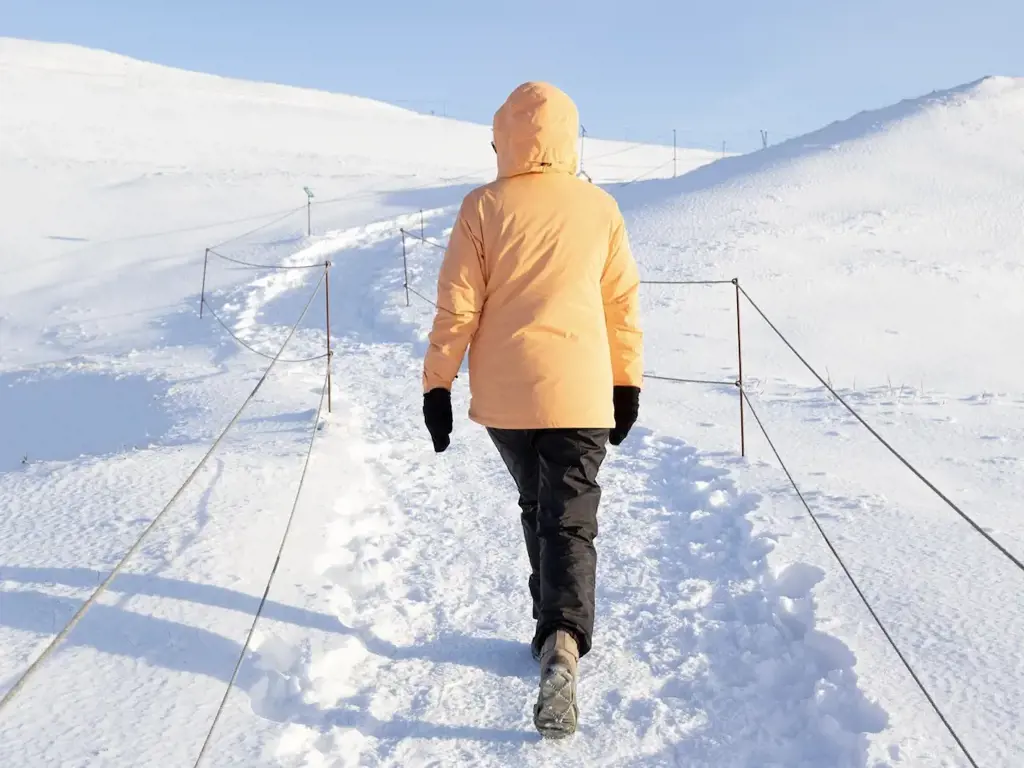
If you are planning to visit Iceland in November and engage in activities like hiking or skiing, it is essential to have the right gear and equipment to ensure a safe and comfortable experience. The weather in Iceland can be quite unpredictable and harsh, so it's crucial to be prepared for it. Here are some specific gear and equipment recommendations for hiking and skiing in Iceland in November:
Clothing:
- Waterproof and windproof jacket: Look for a jacket that is both waterproof and windproof to protect you from the elements. Choose a durable and breathable material like Gore-Tex.
- Insulated layers: Wear several layers of clothing to insulate yourself from the cold. Opt for moisture-wicking materials like merino wool or synthetic fabrics.
- Thermal base layers: Invest in thermal base layers to keep your body warm in freezing temperatures. These are designed to trap heat and wick away sweat.
- Hiking pants: Choose quick-drying and durable hiking pants to protect your legs from the cold, wind, and moisture.
- Warm hats and gloves: Don't forget to pack warm hats and gloves to protect your extremities from frostbite.
Footwear:
- Waterproof hiking boots: Invest in a pair of waterproof hiking boots with good ankle support to keep your feet dry and secure on slippery terrains. Look for boots with a thick sole for added insulation.
- Warm socks: Pack several pairs of warm, moisture-wicking socks to keep your feet dry and comfortable throughout your adventures.
- Microspikes or crampons: Depending on the conditions, you may need microspikes or crampons to provide traction on icy surfaces.
Equipment:
- Backpack: Choose a sturdy and comfortable backpack to carry your essentials while hiking. Look for a backpack with hip and chest straps for better weight distribution.
- Trekking poles: Consider using trekking poles for added stability and balance, especially if you will be hiking on uneven or icy terrain.
- Skiing/snowboarding equipment: If you plan on skiing or snowboarding, make sure to bring your own equipment or rent it from a reliable source. Double-check that your bindings are adjusted correctly for your boots.
Safety gear:
- GPS or map and compass: Always carry a GPS device or a map and compass to navigate through the Icelandic landscapes, which can be challenging and sometimes disorienting.
- Headlamp: As the days are shorter in November, it is essential to have a reliable headlamp for any evening or early morning activities.
- First aid kit: Bring a first aid kit with essentials like bandages, antiseptic wipes, pain relievers, and any personal medications you may need.
Remember to check weather and trail conditions before heading out and consult with local experts for the most up-to-date information. It is also advisable to inform someone about your plans and estimated return time. By having the right gear and equipment, you can have a safe and enjoyable experience while hiking or skiing in Iceland in November.
Essential Things to Pack for Your Trip to Cartagena
You may want to see also

Are there any specific toiletries or personal care items that are recommended for the unique conditions in Iceland in November?
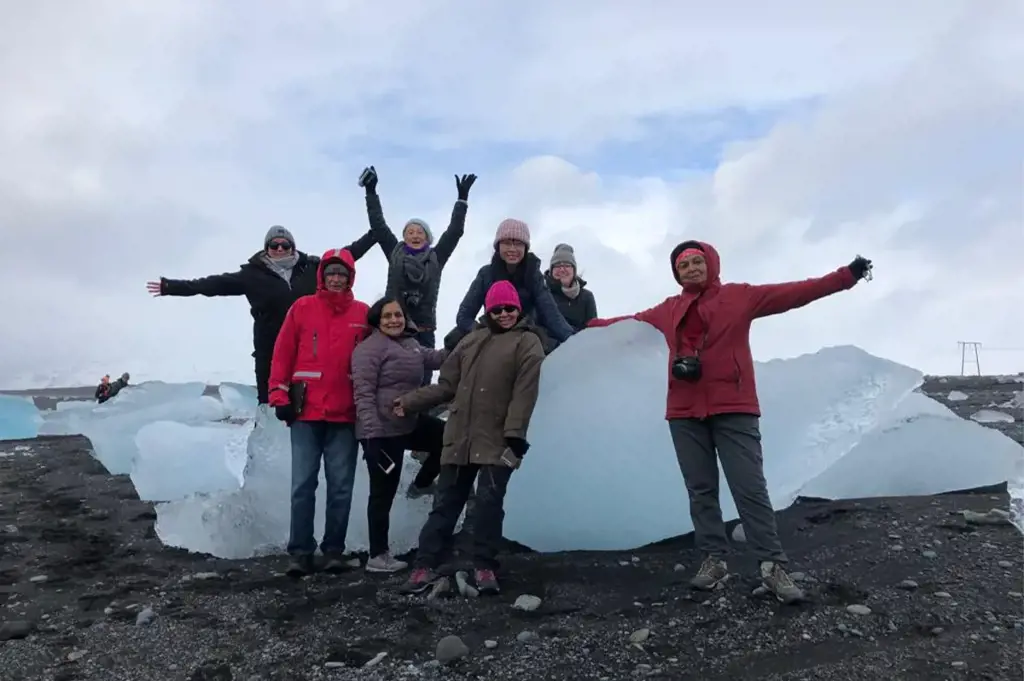
When packing for a trip to Iceland in November, it's important to consider the unique weather conditions and environment you'll be facing. Iceland in November is known for its cold temperatures, strong winds, and unpredictable weather patterns. Therefore, it's essential to pack toiletries and personal care items that will help you stay comfortable and protected during your trip.
Here are some recommended toiletries and personal care items to consider for your trip to Iceland in November:
- Lip balm: The cold and windy weather can cause dry and chapped lips. Packing a lip balm with moisturizing properties will help keep your lips hydrated and protected.
- Moisturizer: The cold weather can also lead to dry skin. Packing a moisturizer, preferably one with a higher oil content, will help keep your skin moisturized and prevent it from drying out.
- Sunscreen: Even though November is not known for its sunny days, it's still important to protect your skin from the sun's harmful rays. The UV radiation in Iceland can be strong, and the reflection off the snow and ice can intensify it. Therefore, packing a broad-spectrum sunscreen with a high SPF is recommended.
- Hand cream: The cold weather and frequent handwashing can lead to dry and cracked hands. Packing a hand cream will help keep your hands moisturized and prevent them from becoming rough and uncomfortable.
- Shampoo and conditioner: The harsh weather conditions in Iceland can affect your hair, making it dry and brittle. Packing a moisturizing shampoo and conditioner will help keep your hair hydrated and prevent it from becoming brittle and frizzy.
- Body lotion: Just like your face and hands, the rest of your body can also be affected by the cold weather. Packing a body lotion will help keep your skin moisturized and prevent it from drying out.
- Waterproof mascara: With the possibility of rain and snow in November, it's essential to pack waterproof mascara to avoid smudging and smearing.
- Thermal clothing: While not technically toiletries or personal care items, thermal clothing is a must-have for Iceland in November. Layering your clothing with thermal base layers will help keep you warm and protected from the cold weather.
Overall, packing the right toiletries and personal care items for Iceland in November can make a significant difference in your comfort level during your trip. Be sure to stock up on lip balm, moisturizer, sunscreen, hand cream, shampoo, conditioner, body lotion, waterproof mascara, and thermal clothing to stay comfortable and protected during your adventure in Iceland.
Essential Items for Men to Pack for Ibiza - The Ultimate Guide
You may want to see also

Are there any recommended electronic or technical gadgets to pack for staying connected or capturing the beauty of Iceland in November?
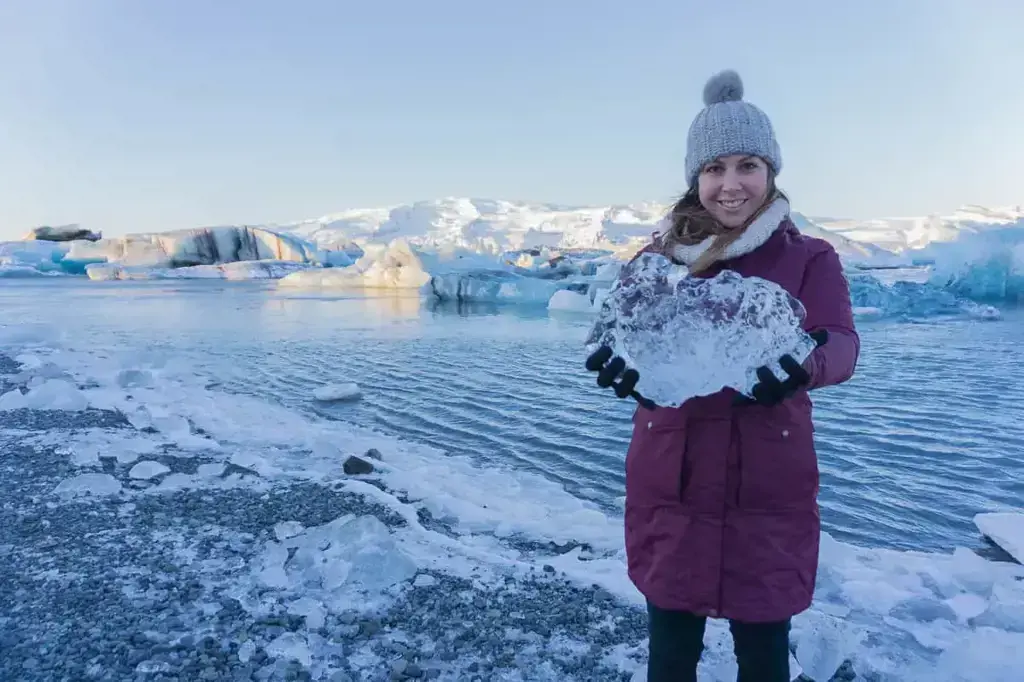
When planning a trip to Iceland in November, it's important to consider the electronic or technical gadgets that will enhance your experience and keep you connected. November can bring unpredictable weather and limited daylight hours, so having the right gadgets on hand can make a significant difference in capturing the beauty of Iceland and staying connected.
Camera:
One of the most important gadgets to pack for capturing the beauty of Iceland is a high-quality camera. Whether you prefer a DSLR or a mirrorless camera, make sure it has a good low-light performance and weather-sealing capabilities. Iceland's landscapes are breathtaking, and you'll want to capture every moment. Don't forget to bring spare batteries and memory cards, as the cold weather can drain batteries faster than usual.
Drone:
If you're a fan of aerial photography or videography, consider packing a drone. Iceland's unique landscapes, waterfalls, and glaciers provide the perfect backdrop for epic aerial shots. However, it's important to research and abide by Icelandic drone regulations to ensure you can use it responsibly and legally.
Portable Power Bank:
With limited daylight hours in November, you may find yourself exploring Iceland during the dark hours. Having a portable power bank will ensure that your electronic devices, such as your camera or smartphone, can be charged on the go. This is especially useful if you're planning to spend long hours outdoors or on road trips.
Smartphone:
A smartphone is an essential gadget to have on your trip to Iceland. Not only does it provide a means of communication and navigation, but it can also serve as a backup camera if you prefer to travel light. Make sure to download weather apps and offline maps to stay updated on road conditions and find your way around the island.
Portable Wi-Fi Router:
While Iceland has excellent network coverage, having a portable Wi-Fi router can ensure a stable internet connection wherever you go. This is especially useful if you're relying on navigation apps or want to share your travel experiences on social media in real-time.
Waterproof Cases:
Iceland's weather can be unpredictable, and rain showers are not uncommon. To protect your gadgets from water damage, invest in waterproof cases or covers for your camera, smartphone, and other electronic devices. Additionally, consider packing a dry bag to keep your gadgets safe and dry during outdoor activities.
Headlamp:
In November, Iceland experiences shorter daylight hours, and you may find yourself exploring during twilight or darkness. A headlamp will come in handy for hiking, photography, or navigating remote areas when natural light is scarce. Opt for a headlamp with adjustable brightness levels and a long battery life.
Remember, while having the right gadgets is crucial, don't forget to take in the beauty of Iceland firsthand. Take moments to soak in the landscapes, experience the local culture, and make lasting memories. The gadgets are tools to enhance your experience, but the true magic lies in the moments you live and capture.
Essential Packing Guide for an EUSA Internship Abroad
You may want to see also

Are there any specific documents or paperwork that are necessary to have when traveling to Iceland in November?
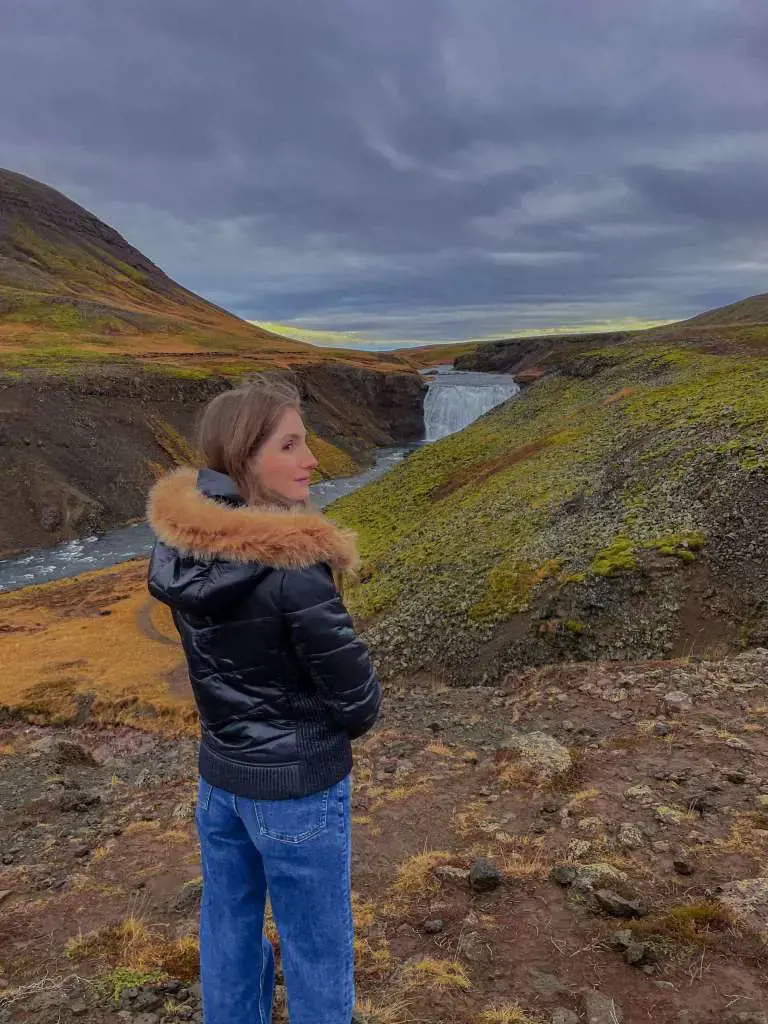
When planning a trip to Iceland in November, it is important to ensure you have all the necessary documents and paperwork. Here are some important documents you should have in order to have a smooth and hassle-free trip to Iceland.
- Valid Passport: The most important document you need when traveling to any country is a valid passport. Ensure that your passport is valid for at least six months beyond your planned departure date from Iceland. This is a requirement to enter the country. If your passport is close to expiration, it is recommended to renew it before your trip.
- Visa requirements: Depending on your nationality, you may need a visa to enter Iceland. Iceland is a member of the Schengen Area, which means that if you hold a valid Schengen visa, you can enter Iceland without the need for an additional visa. However, if you are not a citizen of a Schengen Area country, you may need to apply for a visa before your trip. Check the Icelandic Directorate of Immigration website or contact the nearest Icelandic embassy or consulate to confirm the visa requirements for your nationality.
- Travel Insurance: It is highly recommended to have travel insurance when traveling to Iceland. In the event of any unexpected situations such as medical emergencies, lost luggage, or trip cancellations, travel insurance can provide financial protection and assistance. Make sure to carefully read and understand the policy coverage and terms before purchasing travel insurance.
- Flight and Accommodation Bookings: When entering Iceland, immigration authorities may ask to see proof of return or onward travel. It is advisable to carry printouts or electronic copies of your flight tickets or itinerary. Additionally, having proof of accommodation bookings such as hotel reservations or Airbnb confirmations can also be helpful in ensuring a smooth entry into the country.
- International Driving Permit: If you plan on renting a car and driving in Iceland, it is important to have a valid international driving permit (IDP). This permit is a translated version of your driver's license and is recognized in most countries. You can obtain an IDP from your local automobile association before your trip. It is also important to note that Iceland follows right-hand driving, and road conditions in November can be challenging due to wintry weather. It is recommended to familiarize yourself with the local driving laws and conditions before driving in Iceland.
- Health Information: While it is not necessarily a document, it is still important to be aware of any health-related information before traveling to Iceland. Make sure to check if there are any travel advisories or health warnings in place for the country. You may also want to consult with your healthcare provider regarding any necessary vaccinations or precautions you should take before your trip.
In conclusion, when traveling to Iceland in November, it is essential to have a valid passport, check the visa requirements for your nationality, consider obtaining travel insurance, have proof of return or onward travel, carry an international driving permit if planning to drive, and be aware of any health-related information. By having all the necessary documents and paperwork in order, you can ensure a stress-free and enjoyable trip to Iceland.
Essential Packing Guide for a Caribbean Cruise with Kids
You may want to see also
Frequently asked questions
In November, Iceland experiences a transition from autumn to winter. The weather can be quite cold, with average temperatures ranging from 0 to 5 degrees Celsius (32 to 41 degrees Fahrenheit). It is also known to be quite windy and rainy during this time of year. It is important to pack warm and waterproof clothing to stay comfortable and dry during your visit.
When packing for a trip to Iceland in November, it is important to pack layers of warm clothing. This can include thermal base layers, sweaters or fleeces, waterproof outerwear, thick socks, and sturdy footwear. Don't forget to bring accessories such as hats, gloves, and scarves to keep yourself warm. It is also recommended to bring a good quality, waterproof camera to capture the beautiful landscapes.
If you plan on participating in outdoor activities such as hiking or exploring glaciers in November, it is important to pack appropriate clothing. This includes sturdy waterproof hiking boots, warm and waterproof pants, a waterproof jacket, and gaiters to protect your legs from snow and water. It is also a good idea to bring crampons or ice grips for added traction on icy surfaces.
If you plan on visiting the famous Blue Lagoon in November, it is recommended to pack a swimsuit, a towel, and a waterproof case for your phone or camera. The water in the Blue Lagoon is warm and geothermal, so you can still enjoy the experience despite the colder weather outside. However, it is important to dress warmly and protect any electronic devices from the water.
Yes, it is certainly possible to see the Northern Lights in Iceland in November. However, it is important to note that the weather conditions and solar activity play a significant role in visibility. It is recommended to check the weather forecast and solar activity levels before planning a Northern Lights excursion. If the conditions are favorable, be sure to pack warm clothing and a tripod for your camera to capture this incredible natural phenomenon.







